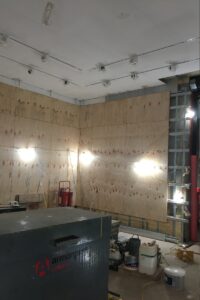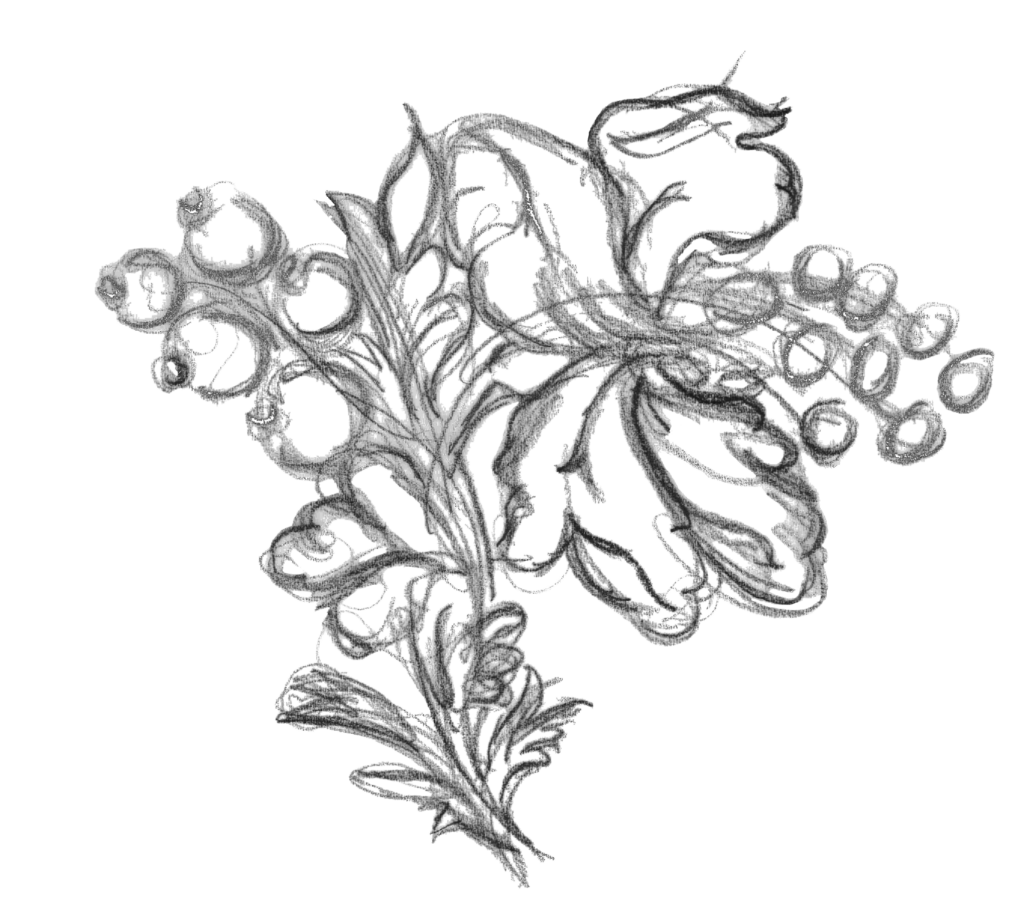The Gainsborough Gallery in Sudbury re-opens to national acclaim following a £10 million renovation.
The museum and art gallery is now The National Centre for Thomas Gainsborough, a renowned portrait and landscape artist. For the first time the new ‘Gainsborough Gallery,’ (pictured,) can display large scale works, whilst the original house of his birth has been thoughtfully renovated. Visitors can explore an evocative artists studio experience, a traditional music room as well as viewing further original works. Alongside this the centre now has the space to display touring exhibitions of international significance.
Sudbury, Suffolk, is the birthplace of the Thomas Gainsborough, (1727-1788,) who is considered to be one of the most important British artists of the 18th century. Sudbury also remains the centre of silk weaving in the UK.

Recognising the cultural significance of the renovation and the benefits it would bring to Sudbury, Humphries Weaving were keen to support the funding of the project. Business Manager Natalie Mumford said;
With Gainsborough’s connection to Sudbury and the silk industry, it was important for us that the walling of the Gainsborough Gallery was woven locally. Account Manager Alex Daniels worked closely with the team at the National Centre for Gainsborough, to develop period appropriate colour and select a design from our archive; everything was then dyed and woven on their site at Sudbury Silk Mills, Cornard Road, in Sudbury.
Not only does this donation show off the skills still in practise in Sudbury today, but it is also serves as a unique opportunity for the staff of both Humphries Weaving and Sudbury Silk Mills to see the results up close in their hometown and share their craft skills with friends and family.
Alex worked in close collaboration with the Gainsborough Gallery throughout the project. Many site visits were held to determine the DNA of the new silk fabric, and the team watched the building grow from the bricks and motor to the spectacular finished gallery. It was exciting to be so heavily involved with this local project; Alex stated that:
It’s really special to be involved with a project in my local town. Such prestigious paintings will adorn fabric I had the pleasure of creating, and I’m sure I will admire it for many decades to come.
The design of the external brickwork was detailed to mimic the warp and the weft to create a woven effect and were sourced locally from Bulmer Brickmakers. The angled shape of the roof also mimics local weaving mill sheds, where extra height was required to house the Jacquard loom heads. There is also the uniquely Suffolk ‘Crinkle Crankle’ wall in the garden.



Gainsborough House has been a museum since the 1960’s but was limited by space in the range of works it was able to accommodate and display. The renovation allows the House to return to this purpose and now displays an interpretation of an artists studio, also displaying works of local artist John Constable (1776-1837). The Music Room is atmospheric and transports you to past times. Moving to the Garden a new café has been introduced as well as renovation of the popular print studios, which run courses and house artists in residence. The Gainsborough Gallery was built as a brand new addition with space for educational talks and activities, touring exhibitions of international significance and a permanent display of a range of Gainsborough work. Most prolific in the 3rd & 4th quarters of the 18th century the new gallery walling was selected to reflect this time.
As there was no historical evidence available, we had to build an authentic fabric from scratch. The first important decision was colour, and a rich green was chosen to mirror the green of the landscapes Gainsborough was so famous for an work with the gilt frames. To find an accurate green we looked in our textiles archive and found a selection of colours sourced from the 3rd quarter of the 18th century. The chosen shade was found at Rangers House during the restoration of curtains.
The next decision was the design itself. After reviewing many designs from the period, 3 were chosen. These included the Braintree Basket, the Abberton & the Arkesden damask. To help with the decision, Alex created CAD simulations of the paintings with the silk walling to an approximate colour and scale of the damask, in order to aid the clients decision. The CAD artwork is pictured below.



After much deliberation the Arkesden design was chosen and we commenced weaving around a year ahead of installation. It was our pleasure to welcome Gainsborough House to the mill to view it weaving on the state of the art Jacquard looms, as pictured below.
Around 2.5 million metres of silk yarn was used for this project, and in total, over 20 local people from the team at the mill have been involved. Gainsborough House Said on Instagram;
An exciting moment seeing the silk damask being woven for the walls of the new Gainsborough Gallery. Woven and generously given by the Sudbury-based @humphriesweaving. It’s a custom weave in ‘Rangers Green’ and Humphries’s ‘Arkesden’ design, based on a late-18thc. pattern.

After a year of development, the silk walling was installed by Hesp & Jones.
Further fabrics from Humphries Weaving can be found on the Donation Panels, the Music Room Curtains and the red flourish in the artists studio. There are also loaned items on display in the new Silk Room, housed in the upstairs of the original house, which explains the importance of weaving in Sudbury.

To explore other fabrics we have woven for Museums & Galleries, click here.
[/spb_text_block] [/spb_row]









